Hal Greer Boulevard
Introduction
Text-to-speech Audio
Images
Mayor Harold Frankel congratulates Hal Greer at the renaming of Sixteenth Street to Hal Greer Blvd in 1978
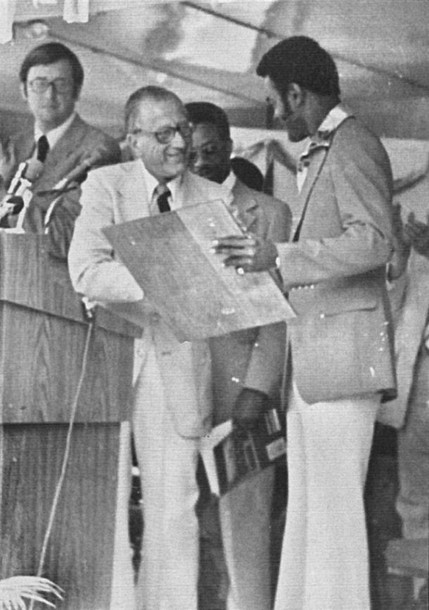
Hal Greer during a game
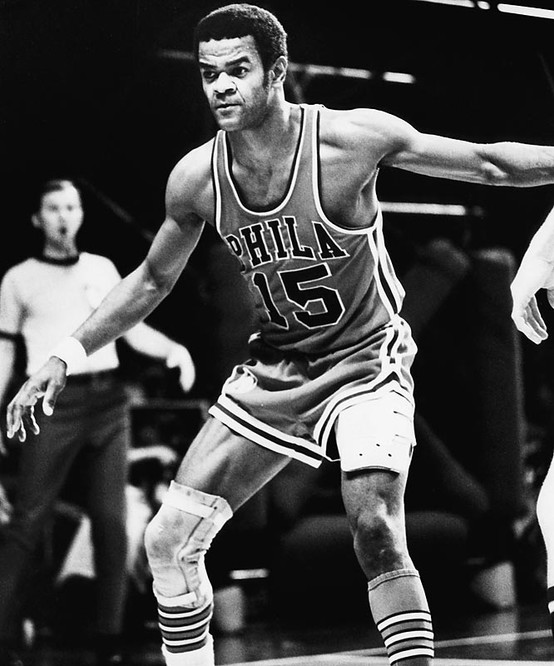
Hal Greer when he played for Marshall University. (1955)
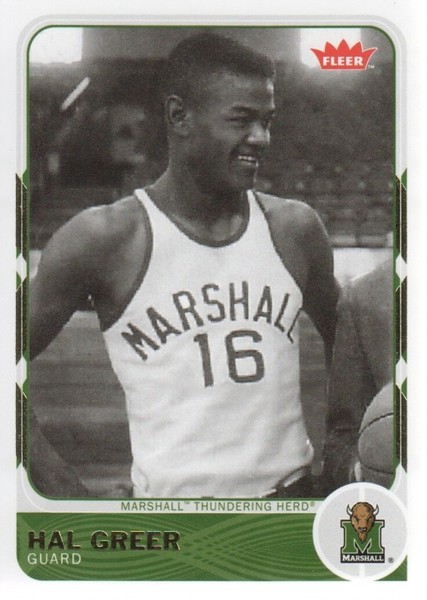
Hal Greer Blvd Corridor Plan logo
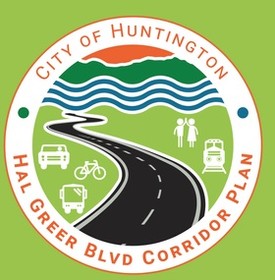
The Hal Greer Boulevard ramps
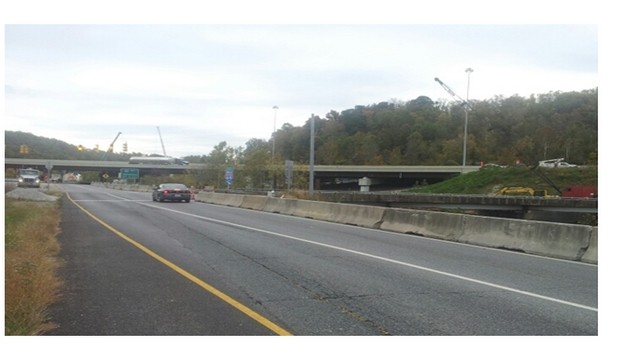
Cabell Huntington Hospital
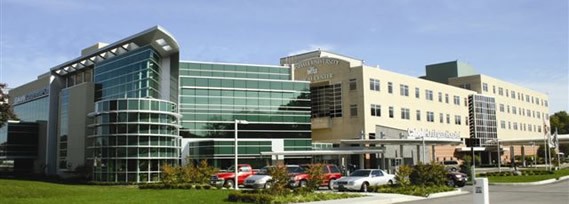
16th street view of Marshall University
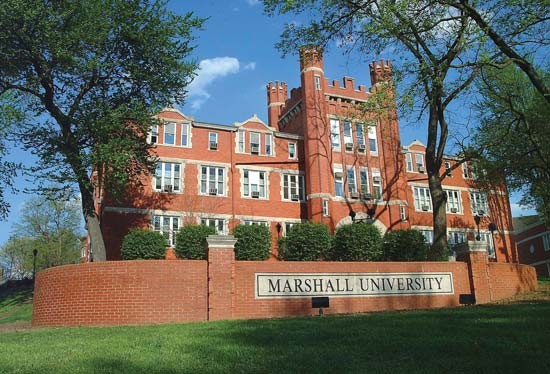
Carter G. Woodson Statue located on Hal Greer Boulevard
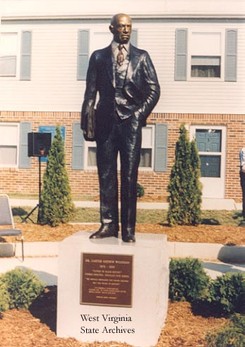
Cabell Huntington Hospital

16th street view of Marshall University

Carter G. Woodson Statue located on Hal Greer Boulevard

The Hal Greer Boulevard Ramps

Hal Greer during a game

Hal Greer when he played for Marshall University. (1955)

Backstory and Context
Text-to-speech Audio
Harold “Hal” Everett Greer was born in Huntington, West Virginia on June 26, 1936. He attended Douglass Junior and Senior High School, the city’s segregation-era high school for African American students. At Douglass, Greer emerged as a star of the basketball team and caught the attention of Marshall University’s coach Cam Henderson. Henderson recruited Greer for Marshall’s basketball team when he finished high school, leading Greer to become the first African American athlete to receive a scholarship from the university. While at Marshall, Greer led his team to a Mid-American Conference title and the university’s first NCAA Tournament appearance in 1956. Over his three-year college career, Greer scored 1,377 points, averaged 19.4 points per game, and set the Marshall record for field goals. At a time of racial prejudice and uneasy integration, Greer was a trailblazer for African American athletes at both Marshall University and the state of West Virginia.
During the second round of the 1958 draft, Greer was drafted by the Syracuse Nationals, who became the Philadelphia 76ers in 1963. He played for the 76ers from 1958 to 1973 as a point guard and a forward. In the 1966-67 season, he played alongside Wilt Chamberlain and won the NBA championship. During his professional career, Greer played in ten All Star games and scored over 20,000 points, and in 1968 he made MVP during a game in which he went 8 for 8 in shots. By the time that Greer retired in 1973, he held the career record for most games played and ranked in the top ten in points scored, field goals attempted, and field goals made. The 76ers retired Greer’s No. 15 jersey in 1976. He was inducted into the Naismith Memorial Basketball Hall of Fame in 1982, becoming the first African American from West Virginia to have been inducted into a major sports hall of fame. Greer passed away on April 14, 2018 at the age of 81.
Greer has been honored by his home city on two occasions. In 1966, while Greer was playing for the 76ers, Mayor R. O. Robertson hosted “Hal Greer Day.” Twelve years later, 16th Street was renamed Hal Greer Boulevard, as the athlete had worn No. 16 while at Marshall. A major roadway that carries 8,000 to 12,000 vehicles per day, Hal Greer Boulevard connects Huntington to I-64 at its southern end and terminates at 3rd Avenue at the Steel of West Virginia manufacturing facility. There are several notable buildings and landmarks along Hal Greer Boulevard. Cabell-Huntington Hospital, along with several hospital and university affiliated clinics and centers, is located along the boulevard between Terrace Drive and 11th Avenue. Down the road, a statue of Dr. Carter G. Woodson stands at the intersection of Hal Greer Boulevard and Artisan Avenue. Woodson served as principal of Douglass High School in Huntington and dean of West Virginia State College in Institute. After earning a Ph.D. from Harvard University in 1912 - becoming the second African American to have done so - he went on to publish the influential Journal of Negro History, the Bulletin of Negro History and a series of seminal books, leading him to be widely regarded as the Father of Black History. Lastly, Marshall University’s campus sits at the northern terminus of Hal Greer Boulevard, just short of the Ohio River and the steel manufacturing plant.
Hal Greer Boulevard is in the initial stages of being redesigned in order to better meet the needs of the communities it runs through. The Hal Greer Boulevard Corridor Plan, a joint initiative of the Department of Transportation, the City of Huntington, and the KYOVA Interstate Planning Commission, aims to address issues like traffic flow and pedestrian safety along the road. The project organizers held their first public meeting in November 2018, and have since assessed existing conditions, held public forums and gathered public input, and developed a plan for the street’s renewal. Their current recommendations include planted medians and other traffic-calming techniques to slow down drivers, high visibility crosswalks and lighting to make the roadway more walkable, protected bike lanes to encourage cyclists, and an activity park at the Washington Boulevard intersection that could function as a gateway into the city. The plan was formally adopted on October 4, 2019 by the KYOVA Interstate Planning Commission, and information about implementation and funding for the project is forthcoming.
Sources
Bumgardner, Stan "Hal Greer." e-WV: The West Virginia Encyclopedia. 16 April 2018. Web. 04 November 2019.
Johnson, Shauna. Huntington holds 1st public meeting Monday on Hal Greer Boulevard Corridor Plan, WV MetroNews. November 19th 2018. Accessed November 4th 2019. http://wvmetronews.com/2018/11/19/huntington-holds-1st-public-meeting-monday-on-hal-greer-boulevard-corridor-plan/.
NBA.com Staff. Legends Profile: Hal Greer, NBA.com. Accessed November 4th 2019. https://www.nba.com/history/legends/profiles/hal-greer.
Osborne, Megan. Hal Greer Boulevard concept design addresses pedestrian safety, Huntington Herald-Dispatch. March 22nd 2019. Accessed November 4th 2019. https://www.herald-dispatch.com/news/hal-greer-boulevard-concept-design-addresses-pedestrian-safety/article_be94b051-c833-511e-afdc-ef88b7dc3f2d.html.
https://downtownhuntington.net/hal-greer-marshalls-trailblazer/
https://www.completehalgreer.com/
